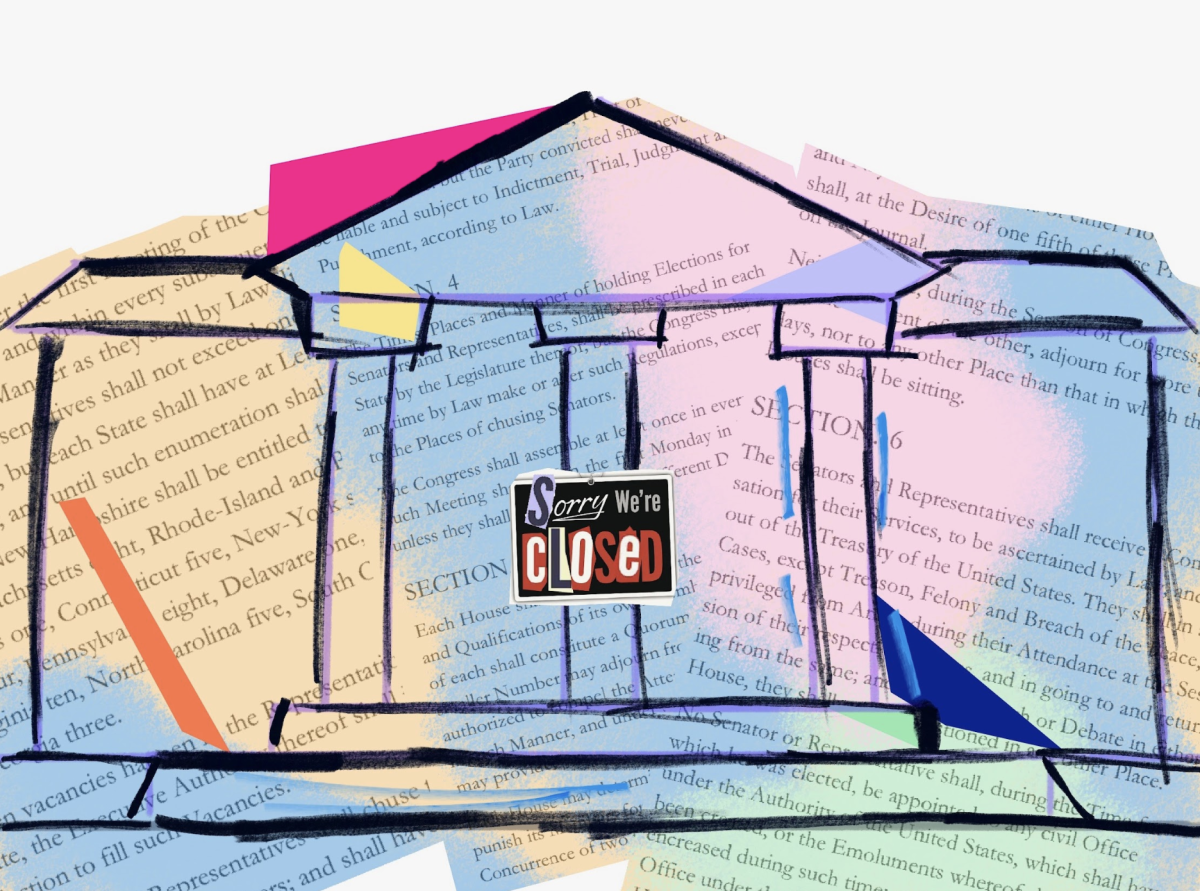On April 11, Caltech aerospace graduate student Tanner Harms presented to a group of Poly students. The event was organized by the Poly Student Science Organization. Harms’ work at Caltech focuses on turbulence, which he defined as the chaotic motion of fluids in dynamical systems, a particle or group of particles whose state varies over time.
Harms explained how he used particle trajectories to study turbulence in fluids. A short video of wood particles rushing through a stream of water played on the screen, overlaid with colored lines that indicated the individual path of each object through the water.
Each individual trajectory, combined with the patterns of groups of particles that behave similarly over time, is part of the study of Lagrangian Coherent Structures (LCS). Harms’ approach to understanding LCSs and turbulence in fluids involves using AI and computer learning to trace patterns in fluid motion and mathematically compute flow structures.
However, Harms has also applied his knowledge of dynamical systems to the question of how looking at turbulence allows us to understand human relationships better.
Examining people and how each of their initial conditions, circumstances of birth or family situation, affects their trajectories in life and the groups they interact with through the lens of turbulence offers a unique perspective on sociology. Such a view helps remind us that some things are out of our control, and most times, the best way to go about life is to only focus on what you can control.
At the end of his presentation, Harms said, “Looking back, that uncertainty can be beautiful, and it’s part of what makes life interesting and worth it.”


























